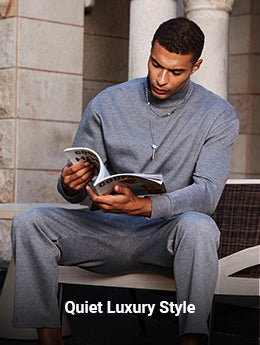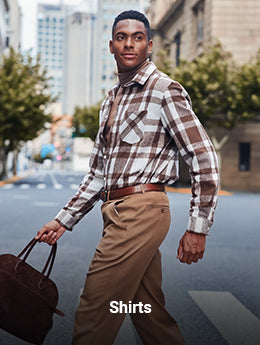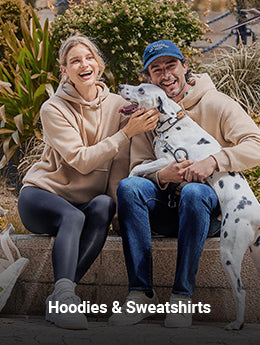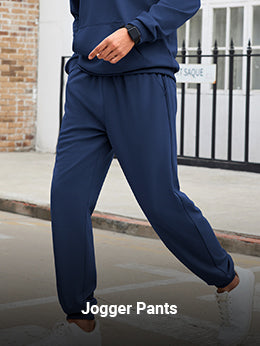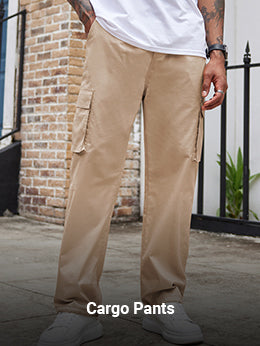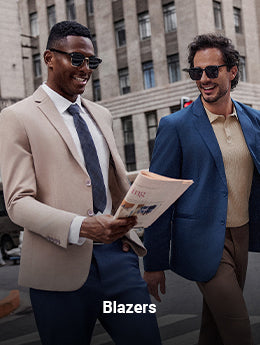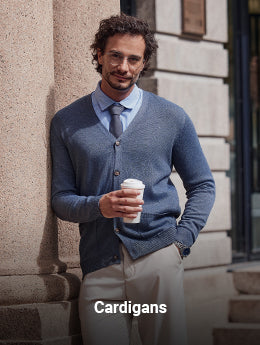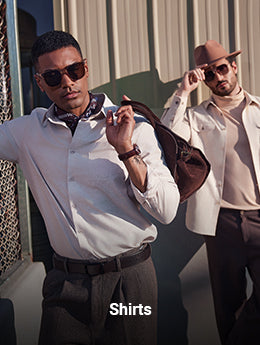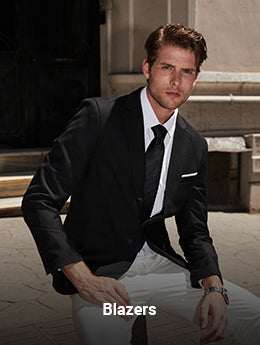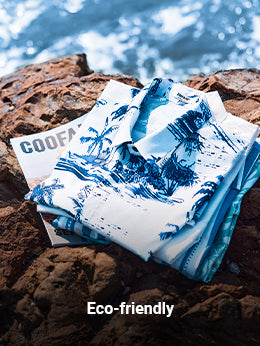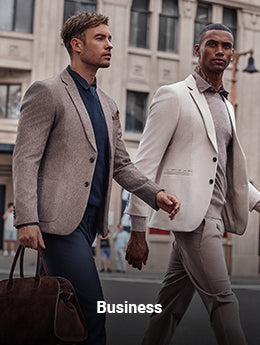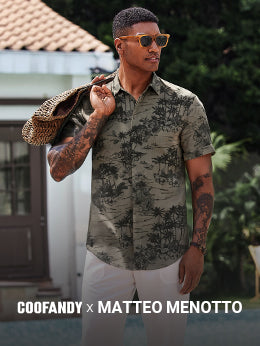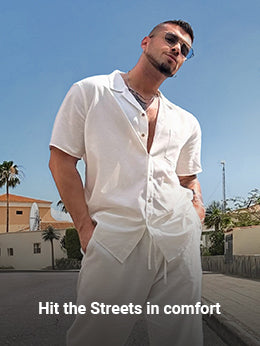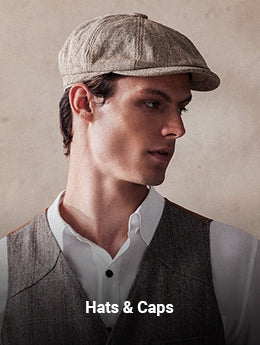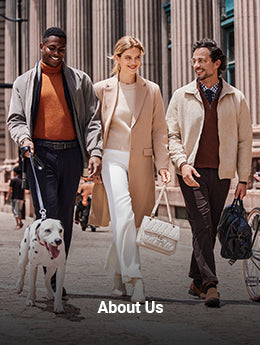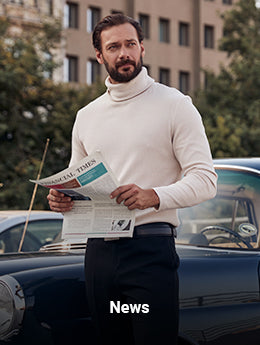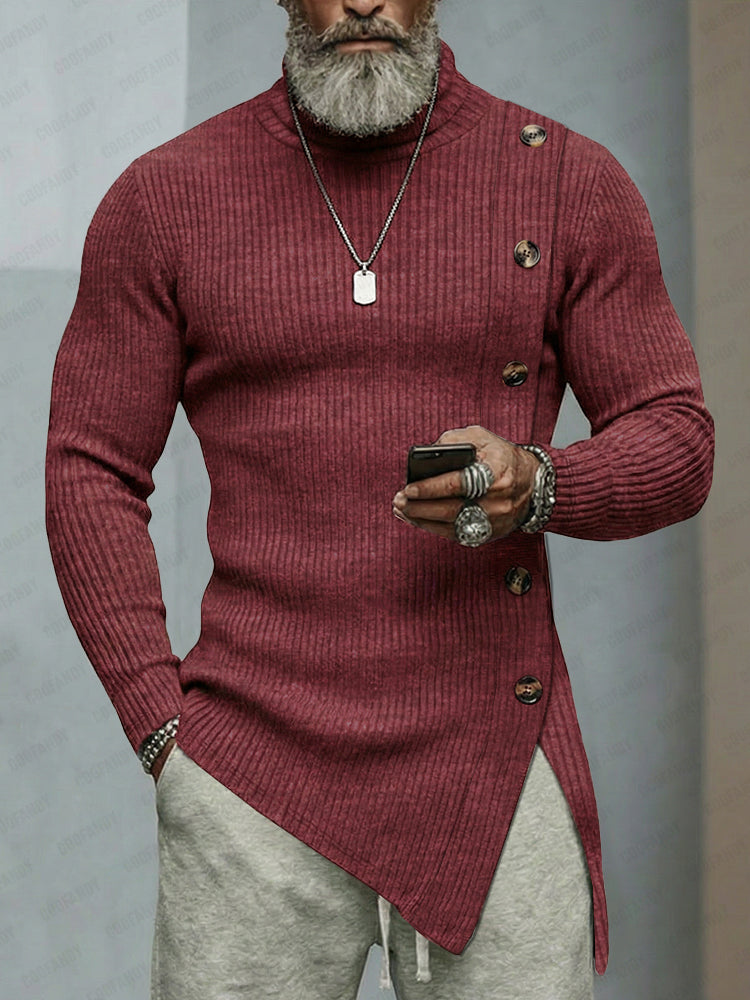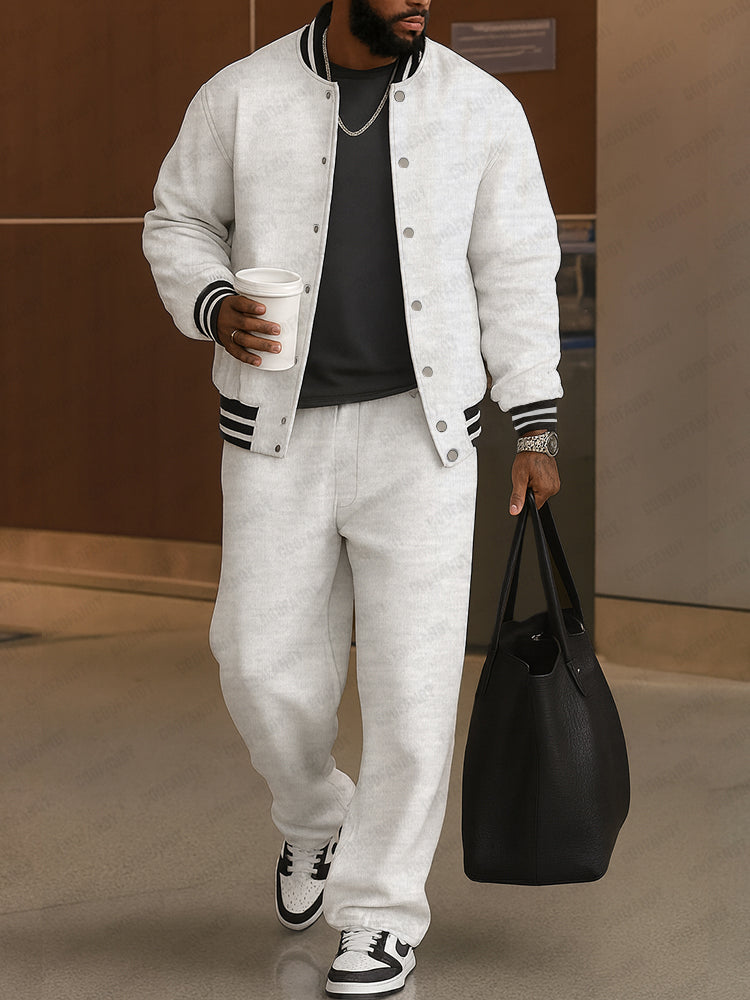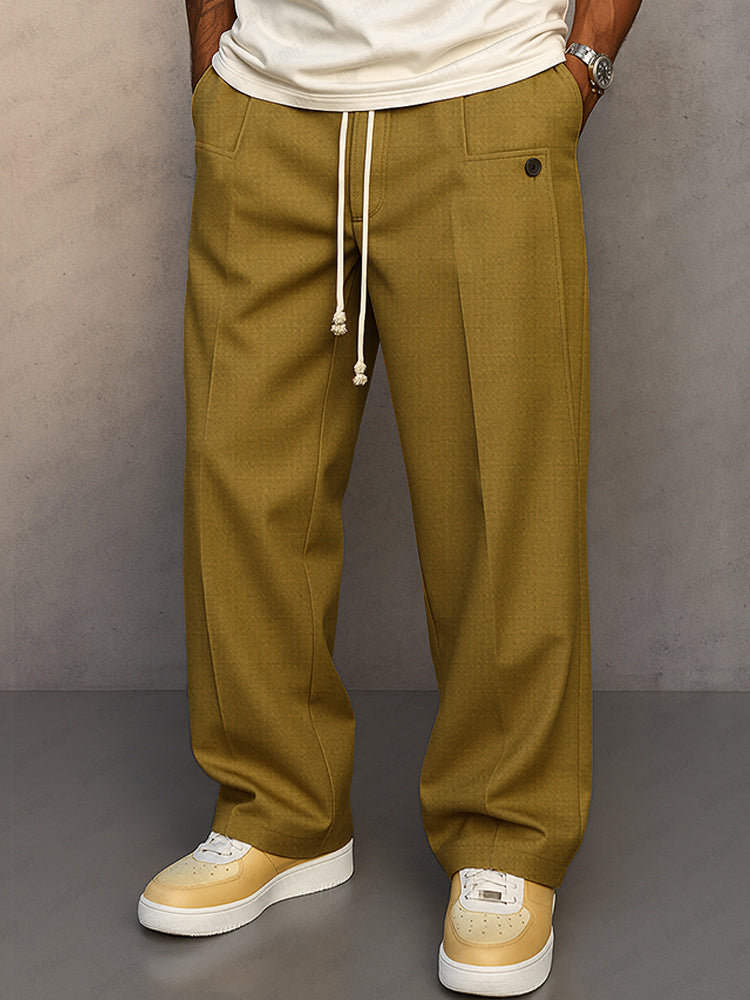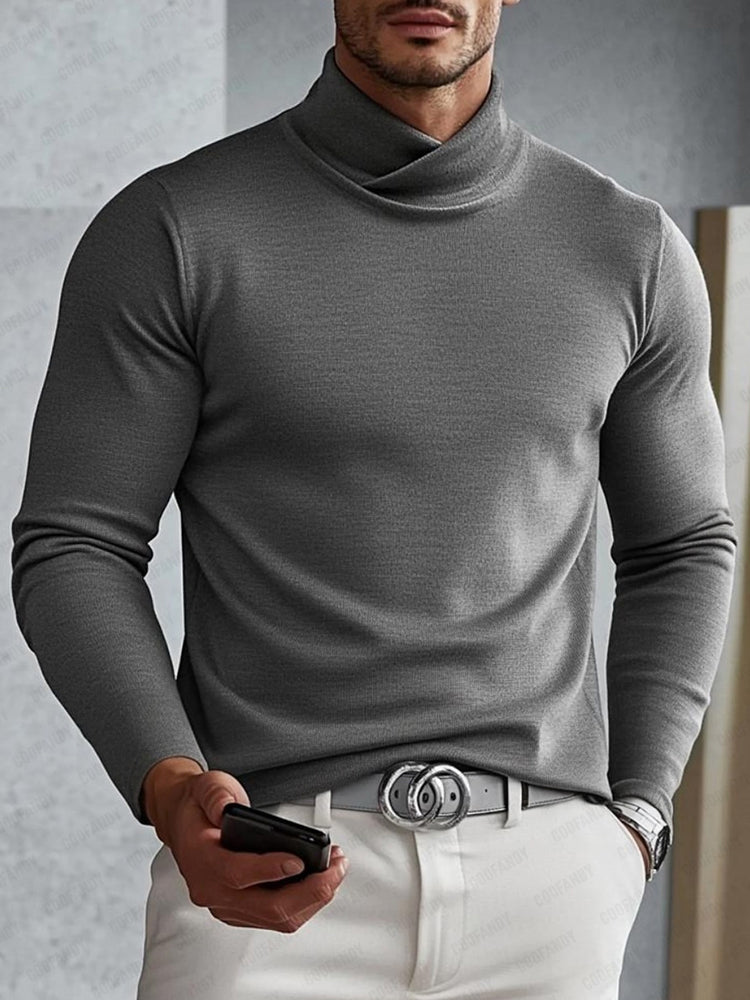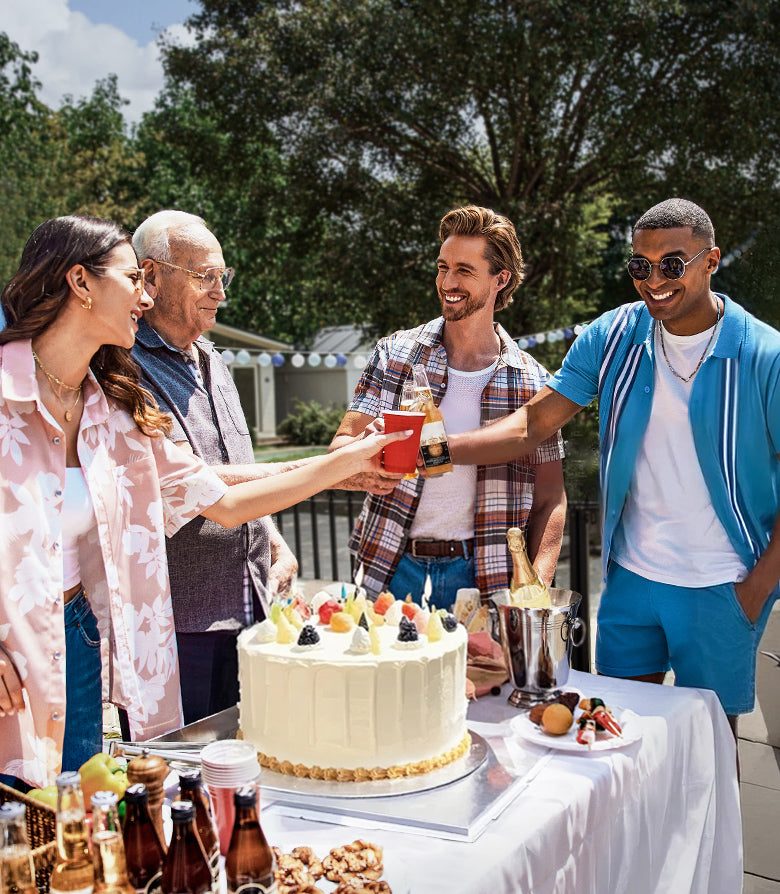How to Dress Business Casual for Men 2024
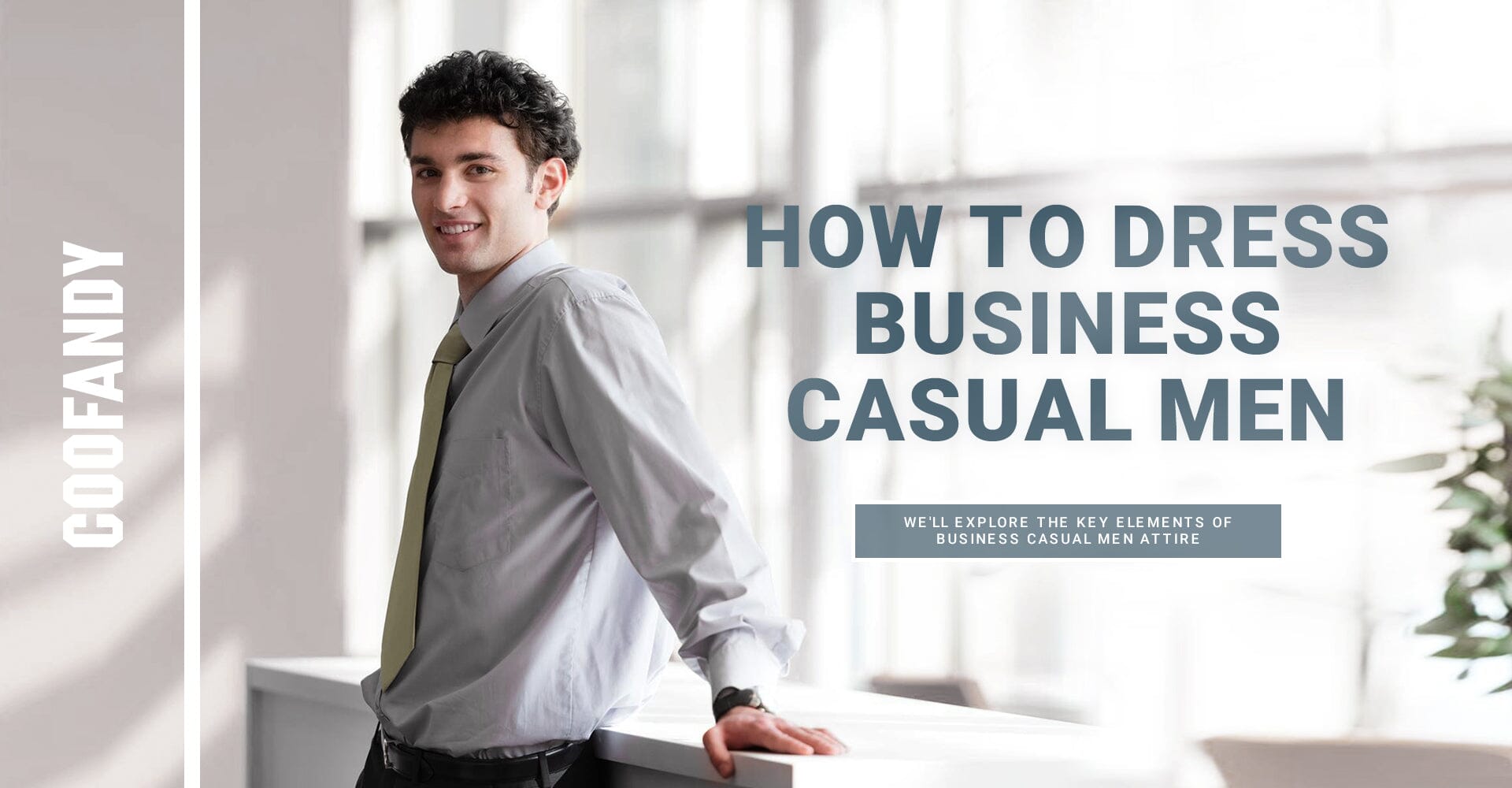
Navigation
- Key Elements of Business Casual Men Attire
- Putting Together Business Casual Men Outfits
- Master Business Casual Men Art: Start Now
Business casual is a dress code that has become increasingly popular in today's workplace. It strikes a balance between the formality of traditional business wear and the relaxed nature of casual attire. Mastering the art of dressing in a business casual manner, is crucial for men who want to make a positive impression in their professional lives. It not only reflects your professionalism and attention to detail but also helps you feel more confident and competent in your role. In this article, we'll explore the key elements of business casual men attire and provide tips on how to put together stylish and appropriate outfits for the office.

Key Elements of Business Casual Men Attire
1. Shirts
When it comes to business casual men shirts, you have a few options. Button-up shirts are a classic choice and come in a variety of colors and patterns. Choose a crisp, well-fitted shirt in a neutral colour such as white, light blue or pale pink. You can also experiment with subtle patterns like stripes or checks.
Polo shirts are another acceptable option for business casual. It's better to choose a high-quality polo in a solid color and avoid logos or busy patterns. Fabric choices for shirts include cotton, linen, and lightweight wool blends.
2. Pants
Chinos or khakis are the go-to pants for business casual. These versatile trousers come in a range of colors, from traditional khaki to navy, grey, and olive. Look for a tailored fit that skims your body without being too tight or too loose.
Dress pants are another option, particularly in more conservative workplaces. Neutral colors like black, grey, or navy are recommended and ensure they are well-fitted and wrinkle-free.
In some more relaxed offices, dark-wash jeans may be acceptable. However, make sure they are free of distressing, holes, or excessive fading.
3. Blazers and Sport Coats
A well-fitted blazer or sports coat can improve your business casual look. These pieces are particularly useful for important meetings or presentations. Choose a classic style in a neutral color like navy or grey, and make sure it fits well across the shoulders and chest.
When selecting a blazer or sports coat, pay attention to the fabric. Wool, cotton, and linen blends are all suitable options, depending on the season and your personal preference. Don't forget to iron or steam your clothes before wearing them to the office.
4. Shoes
Your choice of footwear can make or break your business casual outfit. Loafers are a classic and comfortable option that works well with chinos or dress pants. Choose a pair in a neutral color like brown or black, and make sure they are well-maintained and polished.
Dress shoes, such as Oxfords or brogues, are another appropriate choice. Opt for a high-quality pair in a versatile color that complements your wardrobe.
In some workplaces, dressy boots may be acceptable. Choose a streamlined style in a dark color, and avoid overly rugged or casual designs. Avoid wearing sneakers, flip-flops, or other overly casual shoes to the office.
5. Accessories
Accessories can add a touch of personal style to your business casual outfits. A leather belt in a color that matches your shoes is a must-have. Choose a simple, classic design and avoid large, flashy buckles.
A watch is another accessory that can elevate your look. Choose a watch with a classic, subtle design featuring a leather or metal band.
Ties are optional in most business casual settings. If you choose to wear one, select a tie that complements your shirt and blazer, and keep the pattern and color relatively subdued.
While accessories can add personality to your outfit, it's important not to go overboard. Avoid wearing multiple rings, bracelets, or necklaces, as they can look unprofessional. Stick to a few key accessories, like a watch and a belt, and choose pieces that are simple and classic in design.

Putting Together Business Casual Men Outfits
1. Coordinating Colors and Patterns
When putting together a business casual outfit, it's essential to consider color coordination. Stick to a neutral base, such as khaki pants and a white shirt, and add pops of color through your accessories or a patterned tie.
Be mindful of pattern mixing. If you choose a patterned shirt, keep your pants and blazer solid. If you choose a patterned tie, ensure it doesn't clash with your shirt.
2. Layering Techniques
Layering can add depth and interest to your business casual looks. A sweater or cardigan worn over a button-up shirt can provide both warmth and style. A vest worn under a blazer can also create a more polished appearance. If you layer, make sure each piece fits well and matches the others in color and texture.
3. Dressing for the Season
Your business casual wardrobe should adapt to the changing seasons. In the summer, lightweight fabrics like cotton and linen in lighter colors will be more comfortable. In the cooler months, incorporate heavier materials like wool and tweed in darker, richer hues.
Pay attention to the fabric weight and texture of your clothing to ensure you stay comfortable throughout the day.
4. Adapting to Your Workplace Culture
While business casual is a general guideline, it's essential to consider your specific workplace culture. Some offices may lean more towards the formal end of the spectrum, while others may be more relaxed.
Look at your colleagues and managers and adjust your dress accordingly. If in doubt, it's always better to be overdressed than underdressed.

Master Business Casual Men Art: Start Now
Dressing in business casual attire for men involves finding the right balance between professionalism and comfort. It will be helpful to create a wardrobe that looks and feels best in the workplace by understanding the key elements of business casual and how to put together appropriate outfits. The key to mastering business casual is to experiment and find a style that works for you within the guidelines of your workplace. Don't be afraid to express your personality through your clothing choices, but always prioritize professionalism and respect for your colleagues and clients.

